Photos courtesy of the Massapequa School District
More than two dozen young scientists from Massapequa High School took their curiosity about the world into the natural world, as they traveled to the Massapequa Preserve on Sept. 30 for experiments and data collection.
Students from the Advanced Placement Environmental Science class, as well as the science research program from the main and Ames campuses, observed the stream that passes through their community and discovered the aquatic and wildlife that calls the preserve its home.
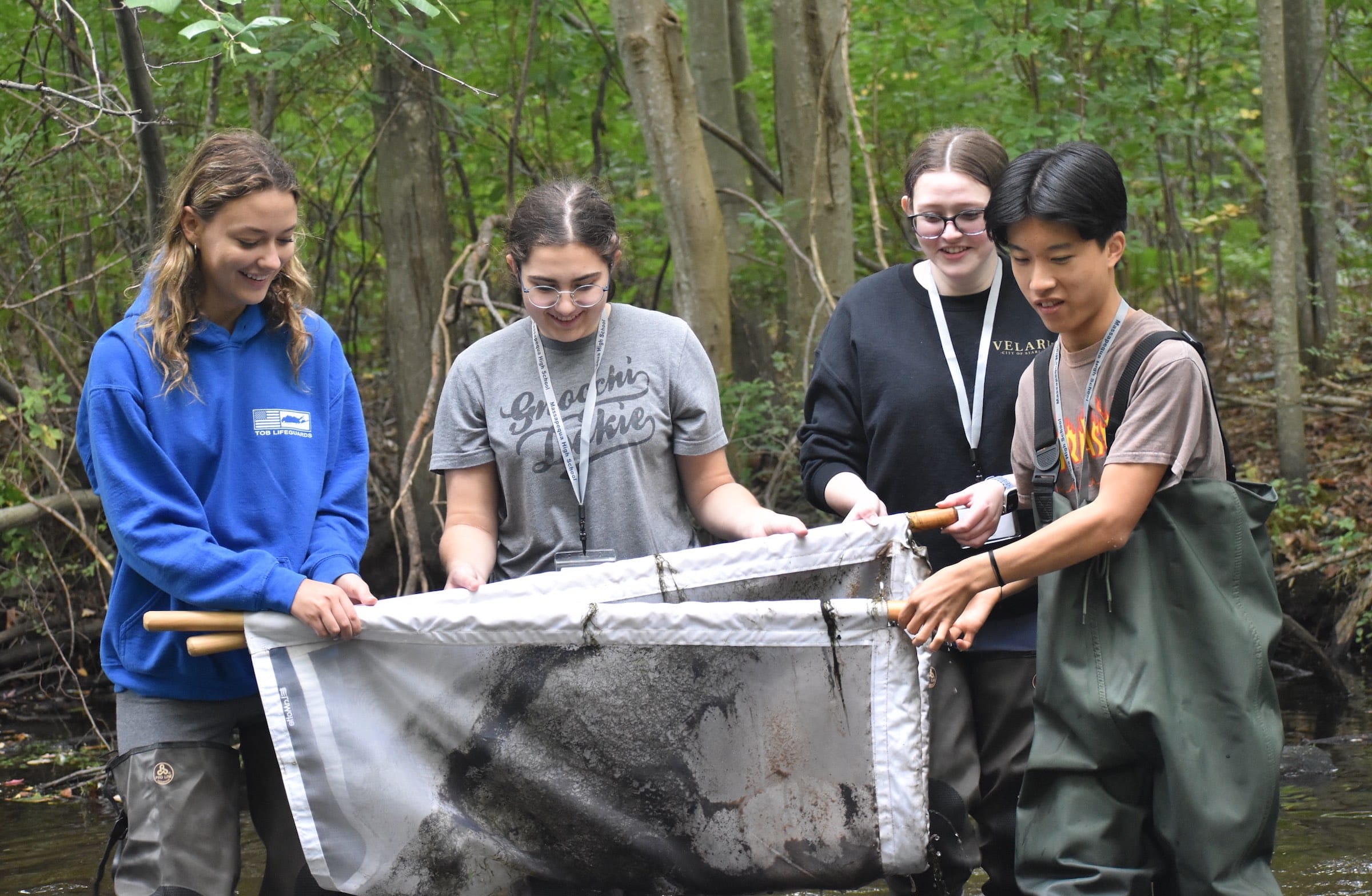
Massapequa High School students collected samples from the stream in the Massapequa Preserve on Sept. 30 to study water quality and assess biodiversity.
The Environmental Science class, under the direction of teacher Thomas Dempsey, once again took part in the “A Day in the Life” river study program, sponsored by the Central Pine Barrens Joint Planning and Policy Commission. Massapequa High School students have been collecting data at the stream for about 15 years, giving them a wealth of data to make comparisons about changes to water quality and organisms living them.
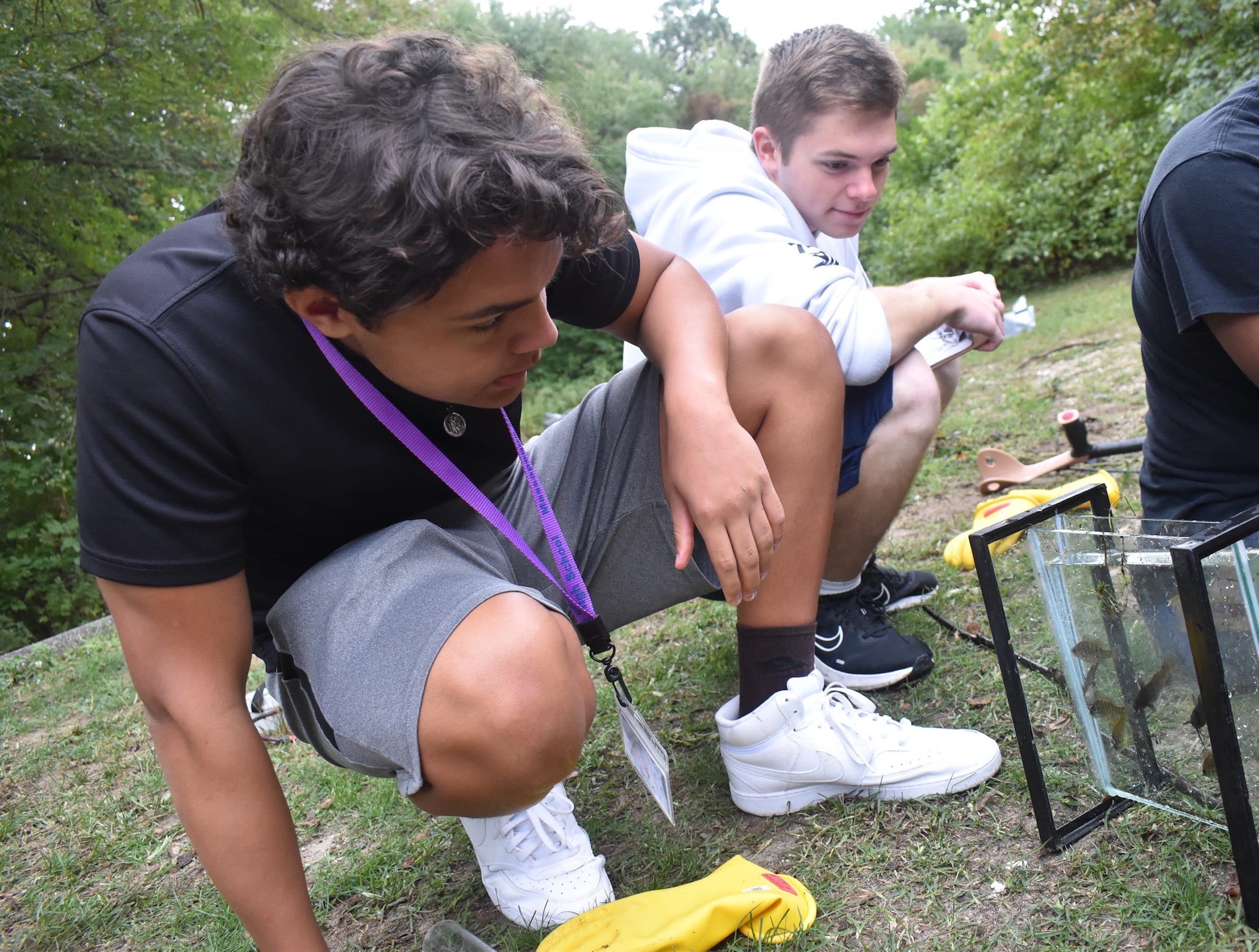
Students looked at some of the fish that live in the stream as part of the “Day in the Life” program. After making their observations, the fish were safely returned to their natural habitat.
Environmental science students measured stream speed and direction, recorded weather conditions, noted tree and plant life, did biological sampling of fish and invertebrates and conducted chemical testing of the water. They made observations on site and also took water samples back to the school for further analysis.
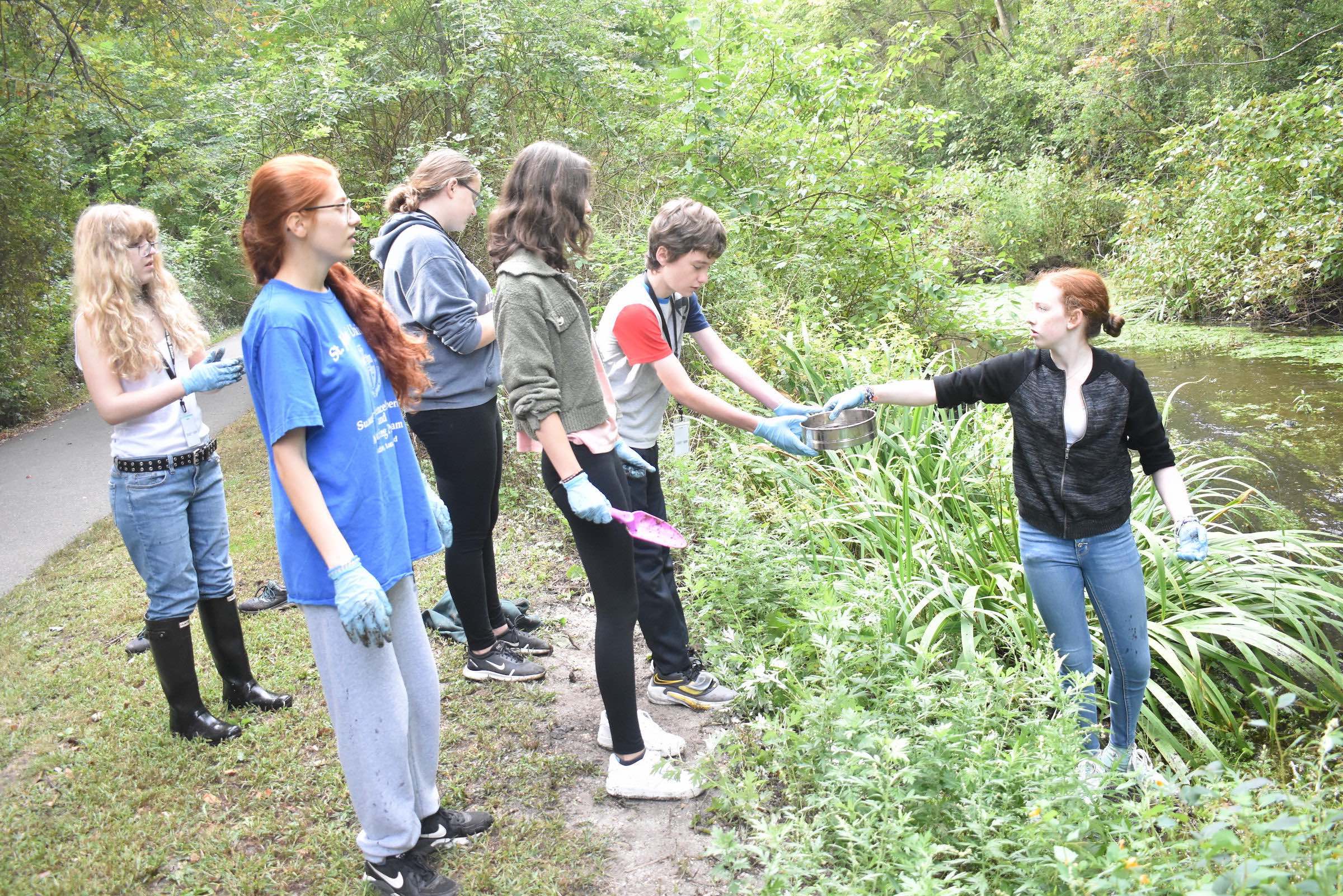
The young scientists connected studied a natural ecosystem in their own community through hands-on experiments and data collection.
When they weren’t studying the stream, students could join science teacher Stacy Lopez for a bird-watching expedition and identify the avian animals that live in the preserve. They used binoculars and spotting scopes to find different birds.
The outdoor education program expanded this year to include students in science research program in grades 9-12. Through a partnership with the Cold Spring Harbor Laboratory’s DNA Learning Center, students assessed the biodiversity of the stream by analyzing DNA of different organisms they found. They worked with Dr. Cris Fernandez, an educator from the DNA Learning Center.
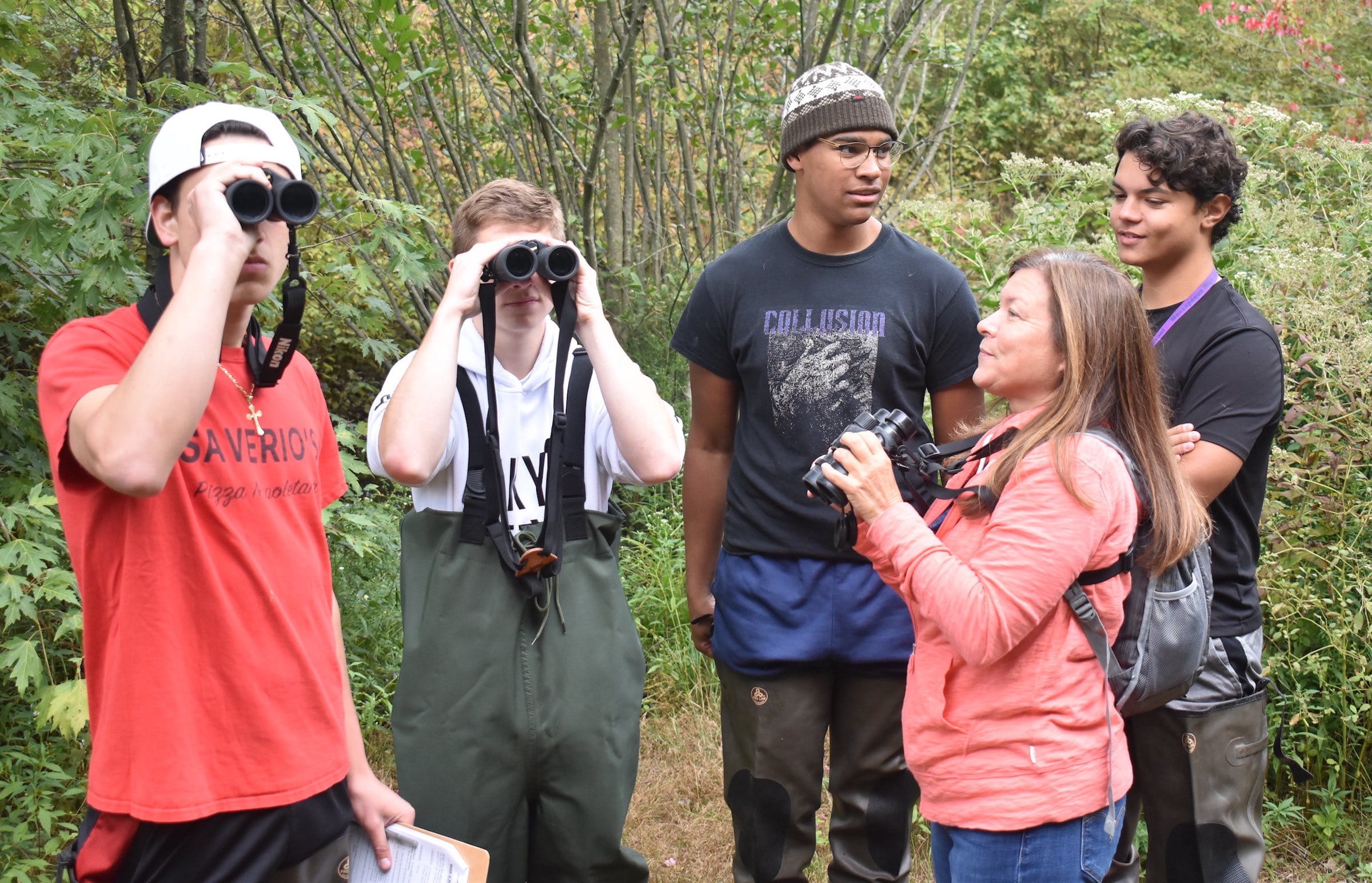
Massapequa High School science teacher Stacy Lopez showed students how to adjust the binoculars for bird watching.
Several science research students also collected dirt and gravel samples for their study of microplastics in Long Island river water, a project being conducted through Brookhaven National Laboratory’s SPARK program.
Daniel Mezzafonte, Massapequa’s supervisor of science for grades 6-12, said that the students were given a great chance to explore the environmental health of a natural ecosystem right in their backyard, while also working with expert scientists. With data collection on site and follow-up analysis in the classroom, students gain experience as both field scientists and molecular scientists, he explained.



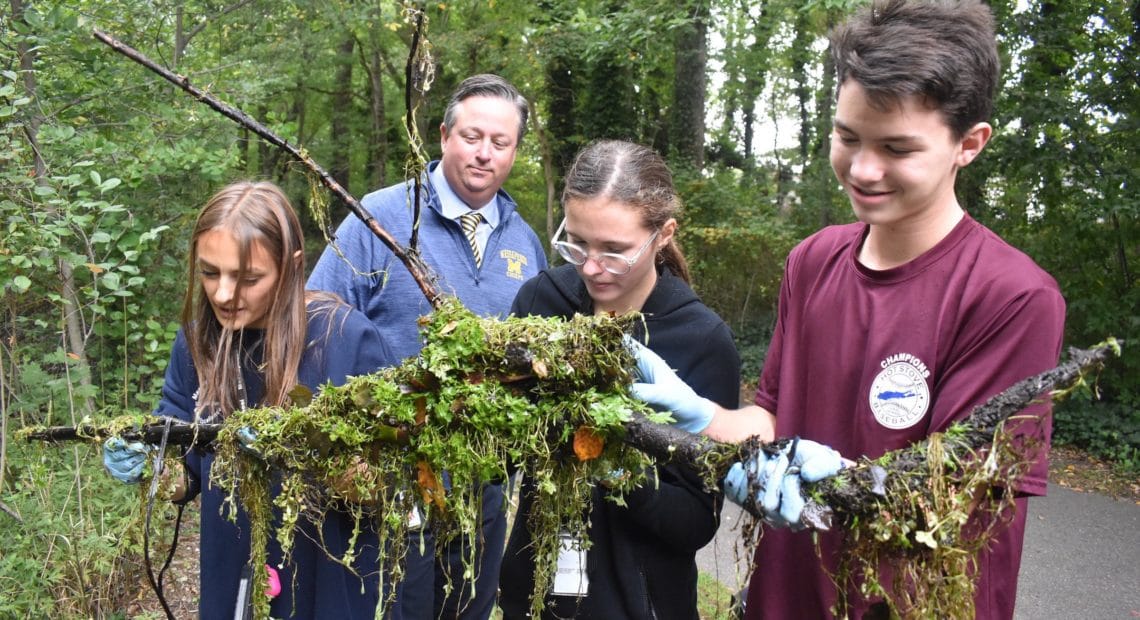
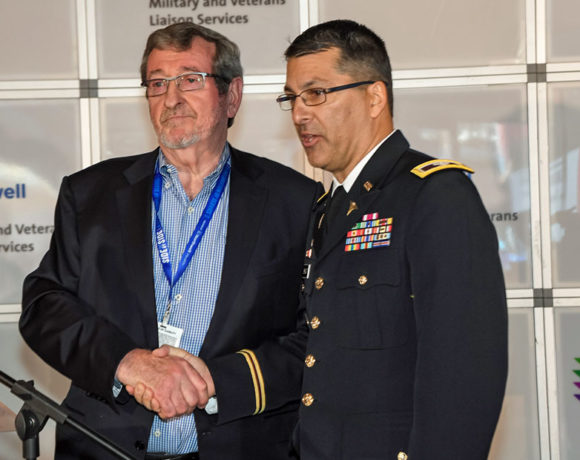
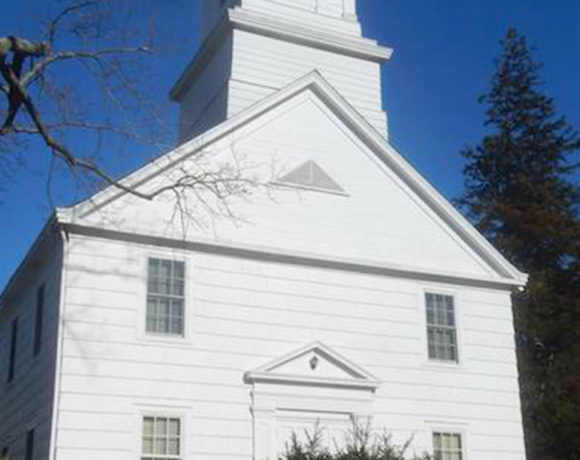
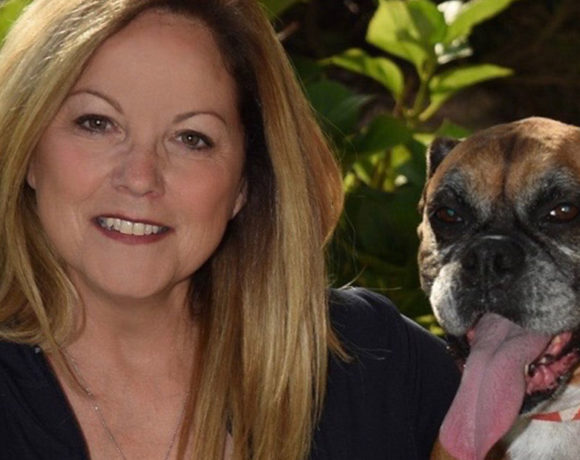
Recent Comments